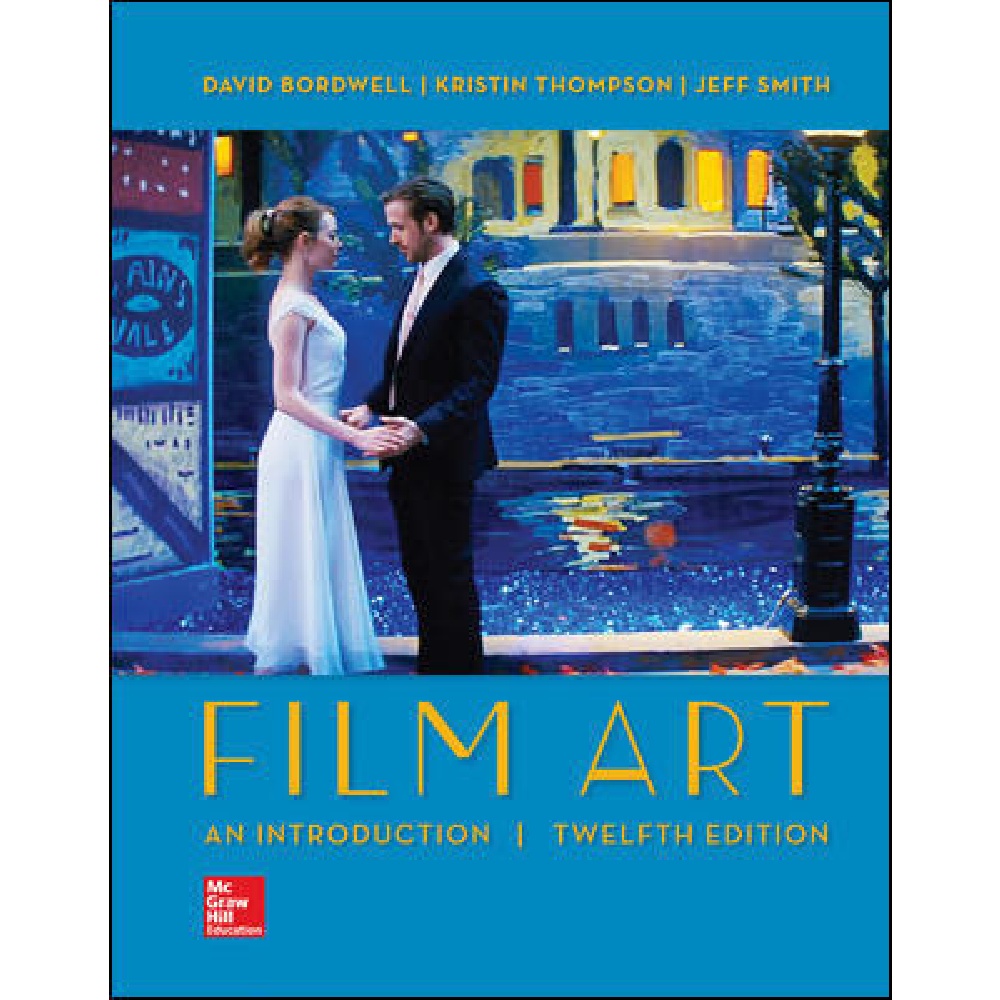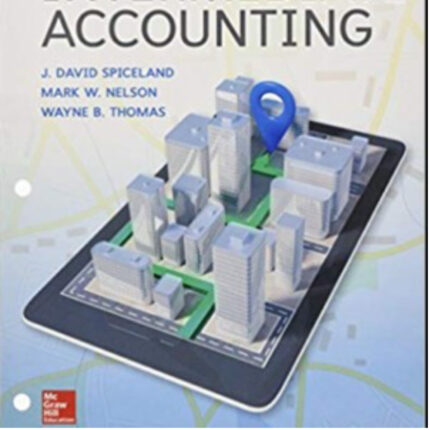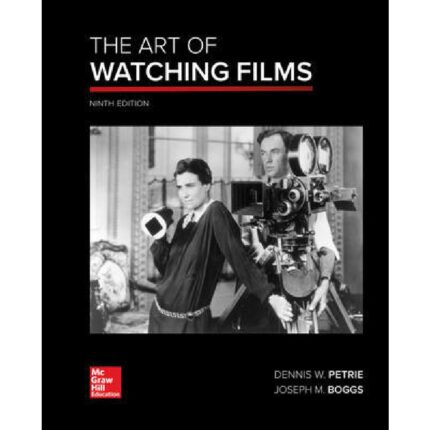Film Art An Introduction 12th Edition By David Bordwell – Test Bank
Chapter 12 Historical Changes in Film Art: Conventions and Choices, Tradition and Trends
1) People today have difficulty understanding older films most often because those films
A) operate according to different conventions.
B) are not as visually well-crafted as modern movies.
C) involve romantic plots that do not appeal to contemporary sensibilities.
D) lack action sequences and are very slow paced.
Answer: A
Topic: early cinema
Learning Objective: Describe form and style in early cinema.
Bloom’s: Understand
Accessibility: Keyboard Navigation
2) Which of the following was NOT among the earliest early pioneers of film?
A) Étienne-Jules Marey
B) Eadweard Muybridge
C) François Truffaut
D) Jules Marey
Answer: C
Topic: early cinema
Learning Objective: Describe the relationship between photography and cinema.
Bloom’s: Remember
Accessibility: Keyboard Navigation
3) Louis and Auguste Lumière
A) developed a peep-show machine for exhibiting bawdy short films.
B) used the Black Maria studio to capture and analyze animals’ movements using glass plates of film.
C) held one of the earliest public presentations of films projected on a screen in Paris in 1895.
D) were assistants to Thomas A. Edison and invented the Kinetoscope.
Answer: C
Topic: early cinema
Learning Objective: Describe the contributions of Edison and the Lumière brothers to cinema.
Bloom’s: Remember
Accessibility: Keyboard Navigation
4) In modern times, the types of films that most resemble the earliest films are
A) music videos.
B) amateur videos posted on YouTube.
C) television commercials.
D) All of the answer choices are correct.
Answer: B
Topic: early cinema
Learning Objective: Describe form and style in early cinema.
Bloom’s: Understand
Accessibility: Keyboard Navigation
5) Which of the following was NOT one of the earliest feature films?
A) A Trip to the Moon by Georges Méliès
B) The Great Train Robbery by Edwin S. Porter
C) Rescued by Rover by Lewin Fitzhamon
D) The Black Maria by Thomas Edison
Answer: D
Topic: early cinema
Learning Objective: Explain the contributions of Méliès to cinema.
Bloom’s: Remember
Accessibility: Keyboard Navigation
6) Which of the following does NOT characterize the American film business in the 1910s and 1920s?
A) Most film companies relocated to California.
B) American companies faced heavy competition from European firms.
C) Smaller film companies merged to form larger ones.
D) The pattern for the next few decades was established.
Answer: B
Topic: early classical Hollywood cinema
Learning Objective: Describe the studio system of production of classical Hollywood cinema.
Bloom’s: Understand
Accessibility: Keyboard Navigation
7) Which of the following does NOT characterize American filmmaking in the mid-1910s, as exemplified by Cecil B. De Mille’s The Cheat (1915)?
A) Glass-roofed studios that used natural light were related with closed studios with artificial light.
B) Classical continuity edited had been established, and patterns of narrative were linear.
C) Filmmaking was highly subjective and used distortion of images to represent emotional states.
D) The system of staging, shooting, and editing was developing and becoming standardized.
Answer: C
Topic: early classical Hollywood cinema
Learning Objective: Describe form and style in early cinema.
Bloom’s: Understand
Accessibility: Keyboard Navigation
8) Which of the following does NOT characterize German Expressionism?
A) emphasis on creative editing
B) distorted, exaggerated shapes
C) All elements of the mise-en-scene interact graphically.
D) Actors wore heavy makeup and moved in unusual ways.
Answer: A
Topic: German expressionism
Learning Objective: Recognize characteristics of German expressionism.
Bloom’s: Understand
Accessibility: Keyboard Navigation
9) Which of the following factors did NOT contribute to the decline of German Expressionism?
A) increasing competition from foreign films
B) the departure of actors and directors to Hollywood
C) increasingly high film budgets that led to financial problems
D) censorship imposed by the Nazis
Answer: D
Topic: German expressionism
Learning Objective: Recognize characteristics of German expressionism.
Bloom’s: Understand
Accessibility: Keyboard Navigation
10) Which of the following is NOT one of the typical characteristics of French Impressionist films?
A) intimate psychological and subjective narratives
B) loud action sequences, such as sword fights, to propel the narrative
C) love triangles among a small cast of characters
D) use of superimposition and rhythmic editing to evoke thoughts and moods
Answer: B
Topic: French impressionism and surrealism
Learning Objective: Define impressionism.
Bloom’s: Remember
Accessibility: Keyboard Navigation







Reviews
There are no reviews yet.